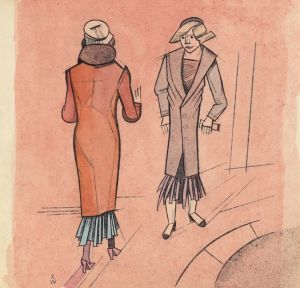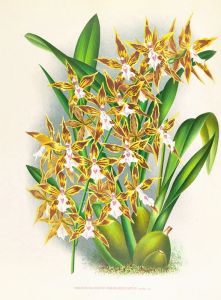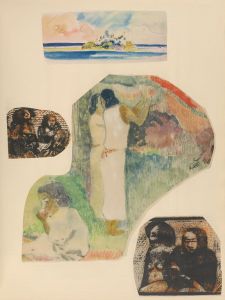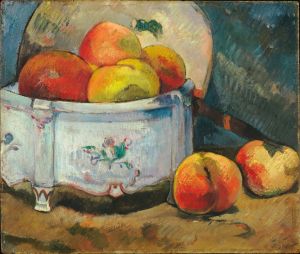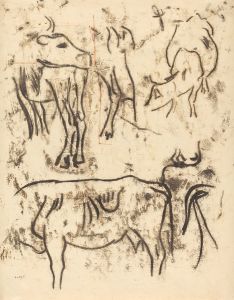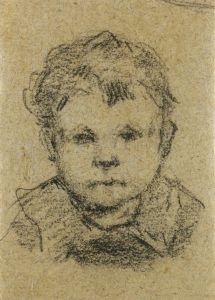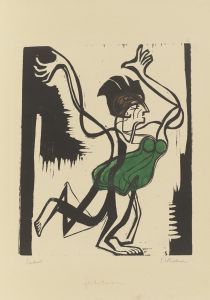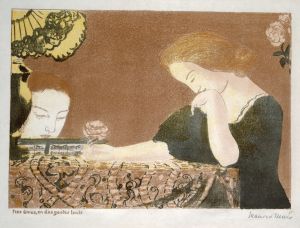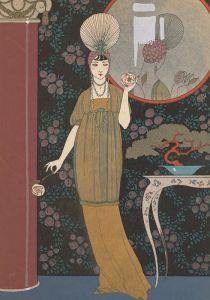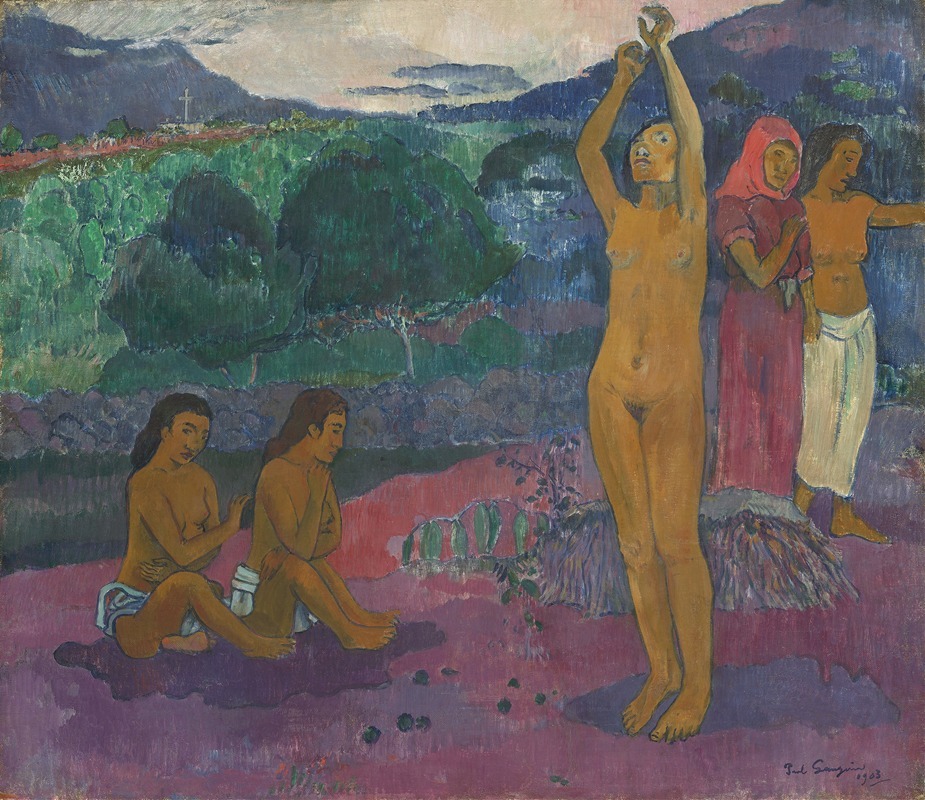
The Invocation
A hand-painted replica of Paul Gauguin’s masterpiece The Invocation, meticulously crafted by professional artists to capture the true essence of the original. Each piece is created with museum-quality canvas and rare mineral pigments, carefully painted by experienced artists with delicate brushstrokes and rich, layered colors to perfectly recreate the texture of the original artwork. Unlike machine-printed reproductions, this hand-painted version brings the painting to life, infused with the artist’s emotions and skill in every stroke. Whether for personal collection or home decoration, it instantly elevates the artistic atmosphere of any space.
Paul Gauguin's painting The Invocation is a work created during the later period of the artist's career, when he was living in French Polynesia. Gauguin, a leading figure in the Post-Impressionist movement, is known for his use of bold colors, simplified forms, and his exploration of themes related to spirituality, mythology, and the human condition. The Invocation reflects many of these artistic and thematic concerns.
The painting, completed in 1903, is one of Gauguin's final works, as he passed away in the same year. It depicts a female figure standing with her arms raised, a gesture that has been interpreted as one of prayer or supplication. The figure is set against a lush, tropical landscape, characteristic of Gauguin's depictions of Tahitian life and environment. The vibrant colors and stylized forms in the painting are hallmarks of Gauguin's mature style, which sought to move beyond the naturalism of earlier European art traditions.
Gauguin's time in Tahiti and the Marquesas Islands had a profound influence on his art. He sought to capture what he perceived as the spiritual and cultural essence of the Polynesian people, often incorporating elements of their mythology and religious practices into his works. However, it is important to note that Gauguin's interpretations were shaped by his own imagination and Western perspective, and they do not necessarily represent an accurate or authentic portrayal of Polynesian culture.
The Invocation is often seen as a reflection of Gauguin's preoccupation with existential and spiritual questions, particularly in the context of his declining health and isolation during his final years. The painting's composition and symbolism invite viewers to contemplate themes of life, death, and the divine, which were recurring motifs in Gauguin's oeuvre.
Today, The Invocation is held in the collection of the National Gallery of Art in Washington, D.C. It remains an important example of Gauguin's artistic legacy and his contributions to the development of modern art. The painting continues to be studied and appreciated for its aesthetic qualities and its role in the broader context of Gauguin's career and the Post-Impressionist movement.





